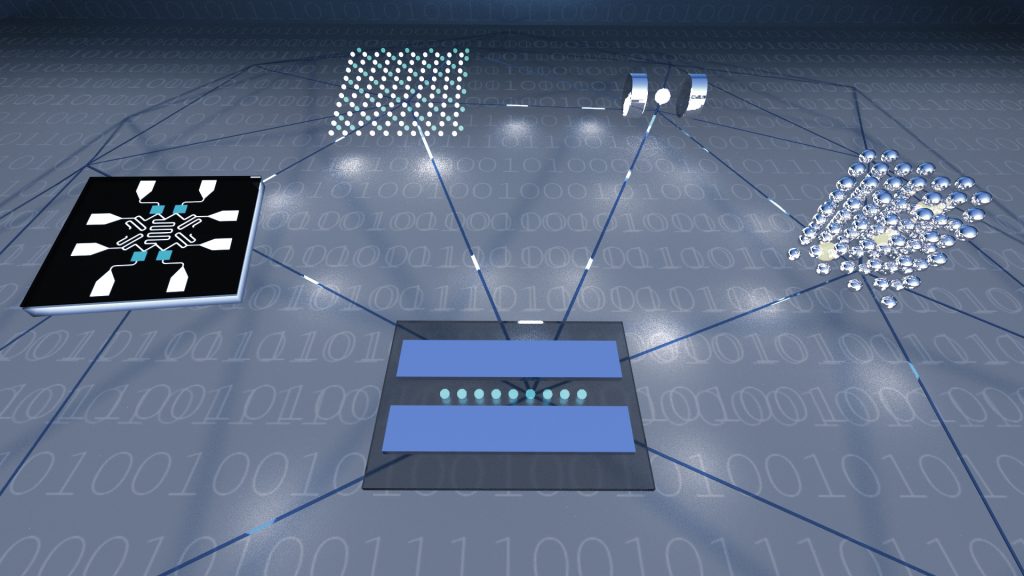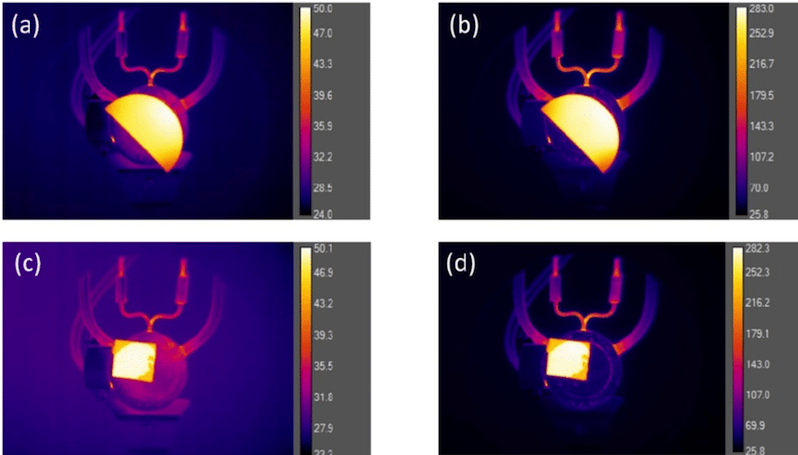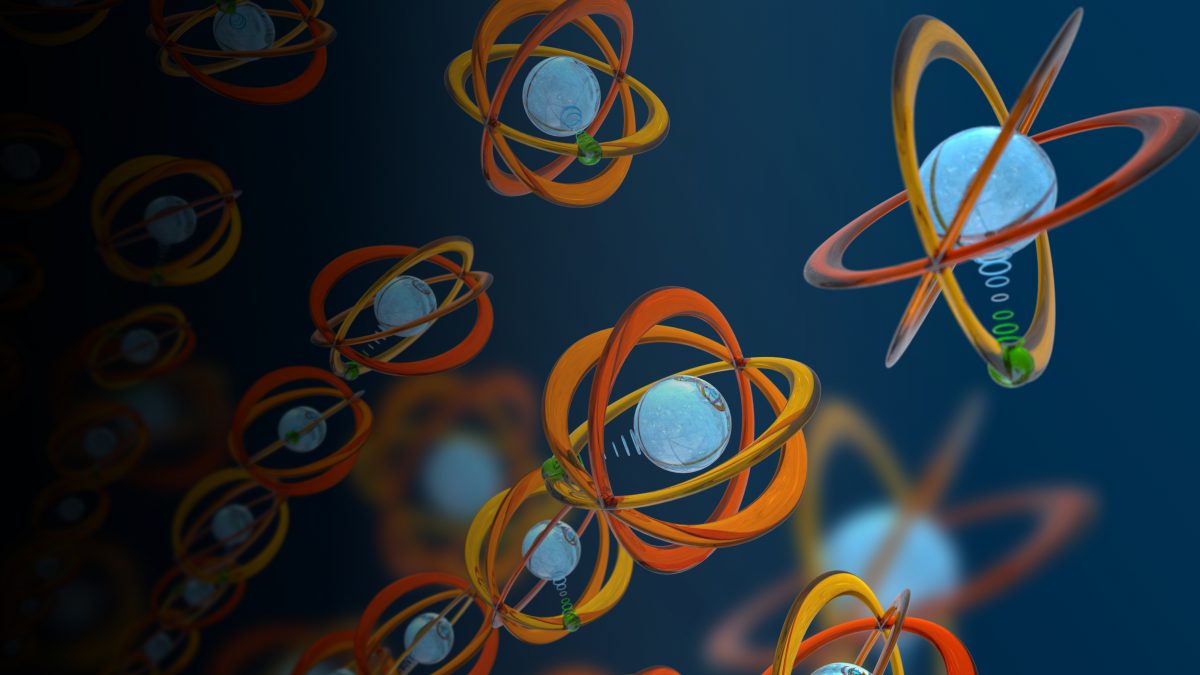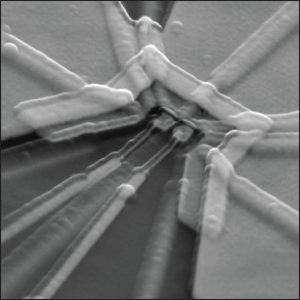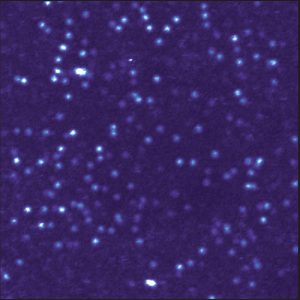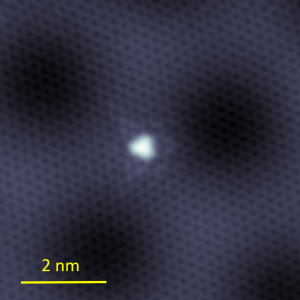WQI’s Jennifer Choy was recently featured as part of a series of profiles of scientists and engineers from across the Chicago Quantum Exchange member institutions. This post was originally published by CQE.
Jennifer Choy is an assistant professor of engineering physics at the University of Wisconsin–Madison who studies quantum sensing and nanophotonics. She aspires to be a great mentor to undergraduate and graduate students and encourages students to study quantum science, even if they don’t plan to go into the field.
Tell us about what you’re working on now.
We are developing miniaturized and mobile quantum sensors and engineering quantum platforms to improve their sensing performance. We are interested in two material platforms in particular: neutral atoms and solid-state color centers. Our group is applying techniques in nanoscale optics and integrated photonics to exert precise control over atom-photon interactions and miniaturize atomic sensors. We are currently developing chip-scale, near-infrared polarization optics for alkali vapor magnetometers, which could enable compact, sensitive magnetic-field-imaging devices.
How does UW–Madison help advance your work?
UW-Madison has a strong research community in quantum computing and sensing platforms and is supported by groups across many science and engineering departments. It has been very inspiring and exciting to establish relationships and collaborations with top-notch quantum researchers at UW-Madison and in the Midwest under the Wisconsin Quantum Institute and the Chicago Quantum Exchange.
How did you become interested in quantum research?
As a freshman in the Nuclear Science and Engineering department at MIT, I joined David Cory’s group, working on using liquid-state nuclear magnetic resonance as a testbed for quantum computing. I think how someone gravitates toward a field depends greatly on formative experiences and environments. I had no prior knowledge in quantum physics, but graduate students in the group were very supportive and David always graciously answered questions and offered advice, even long after I graduated. I aspire to being able to foster a similar mentoring approach and attitude.
What does the future hold for quantum technology?
The use of quantum science in sensors and sensing brings a set of tools that can promise greater sensitivity and accuracy than conventional technologies, some of which are already in use. However, to make the next leap to other practical applications outside of the lab, a combination of fundamental science research and engineering will be needed to realize functional and robust sensor systems. Broader applications would include quantum accelerometers, gyroscopes, and clocks that can provide accurate navigation solutions without the need for GPS.
Quantum technology has a workforce shortage. What would you say to a young person who is interested in studying quantum information science?
I think part of the excitement of working in the field of quantum information science is that it offers interesting research directions in almost every science and engineering discipline. Developing quantum technologies requires partnership among academia, national labs, and industry. With several federally funded quantum initiatives, job opportunities will likely open up in all these sectors.
As someone who worked in industry (as a scientist at Draper Laboratory), what I really appreciated about my training in quantum research is that I was able to apply my skills to other unrelated fields, which were just as interesting and fulfilling. Therefore, I think a quantum workforce will generate well-rounded talents that will also benefit other industries.
